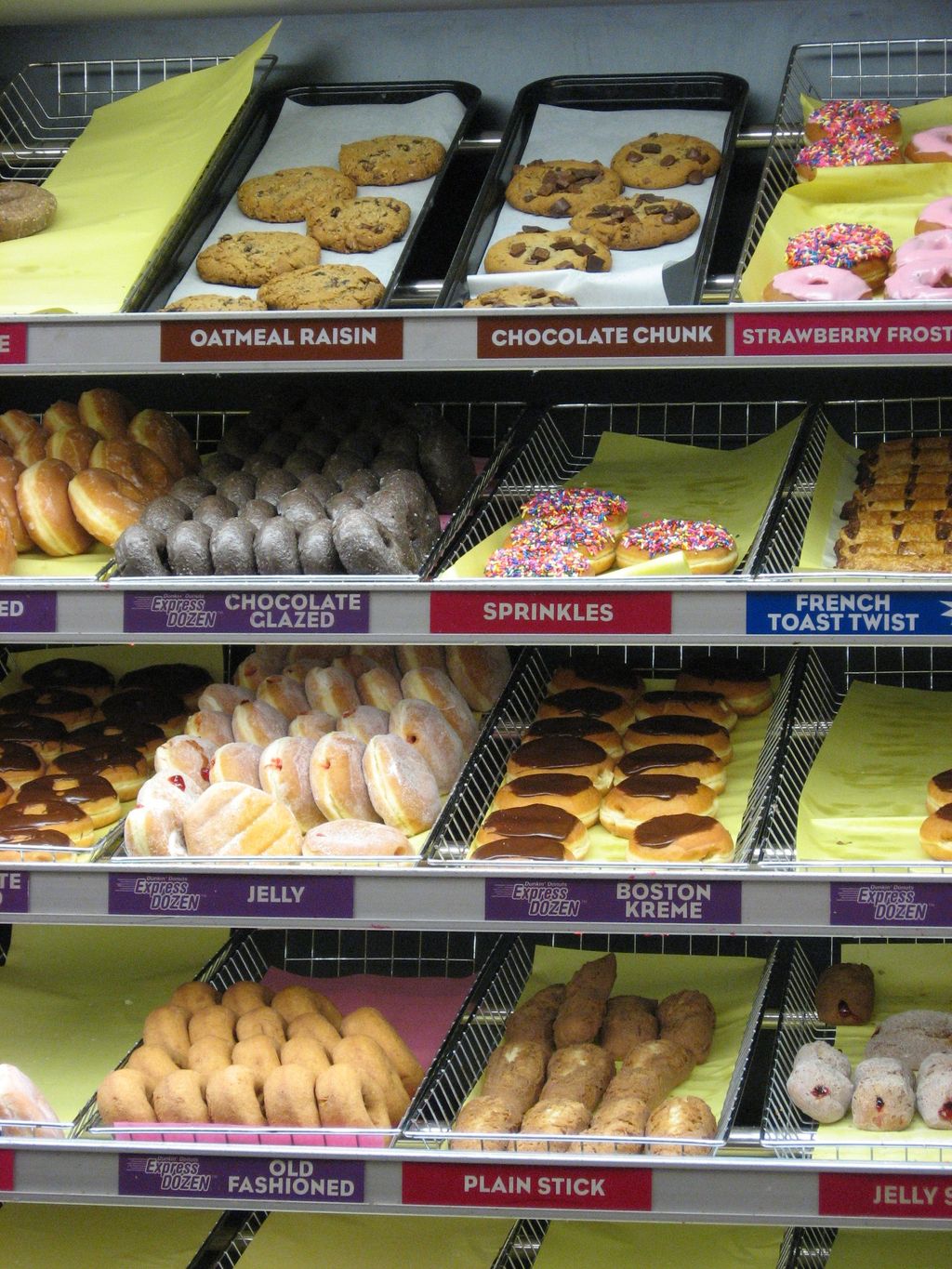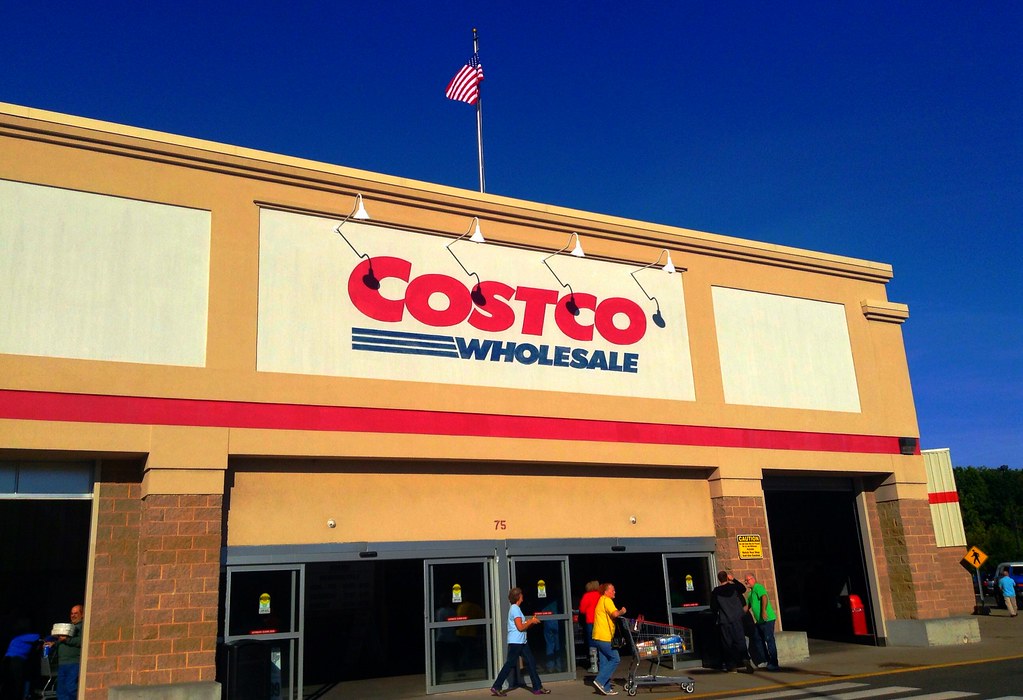
In the evolving landscape of retail, membership-based warehouse clubs have solidified their position as indispensable resources for families and businesses seeking significant savings on bulk purchases, groceries, electronics, and a myriad of household essentials. For decades, Costco and Sam’s Club have stood as the titans of this segment, each cultivating a loyal following by delivering exceptional value and a vast array of products at wholesale prices. As we look towards 2025, the competition between these two retail giants continues to intensify, marked by strategic adjustments in membership benefits, pricing, and the overall shopping experience.
Navigating the offerings of both Costco Wholesale Corporation and Sam’s Club, a chain owned and operated by Walmart Inc., requires a discerning eye. Both entities started around the same time, with Costco tracing its roots to the Price Club in 1976 and both companies formally establishing their current names in 1983, originally serving small businesses before expanding their reach to a broader consumer base. While their shared mission is clear—to provide discounted prices and a wide selection of goods to members—the subtle, yet crucial, differences in their operational models and customer value propositions can significantly impact which club is the optimal fit for individual preferences and needs.
This in-depth analysis aims to serve as your definitive guide, offering an objective and data-driven comparison of Costco and Sam’s Club for 2025. We will meticulously examine key aspects, from the financial commitment of membership tiers and the potential for cash-back rewards, to the practicalities of everyday pricing, store accessibility, and the nuances of their customer services. Our goal is to empower you with the precise information needed to make an informed decision, ensuring your membership delivers the best possible value in your pursuit of smart, economical shopping.

1. **Membership Fees and Tiers**One of the most immediate points of comparison between Costco and Sam’s Club lies in their annual membership fees and the benefits associated with each tier. As of March 2025 (and September 2024 for Costco’s latest increase), Sam’s Club generally presents a more affordable entry point for individual members. A standard Sam’s Club membership costs $50 per year, while their Plus membership is $110 annually. In contrast, a standard Costco Gold Star membership is priced at $65 annually, with the Executive membership costing $130 per year. These differences, ranging from $15 to $20, may seem modest at first glance, but they form the baseline for your annual commitment.
Beyond the primary fees, both clubs offer different structures for extending membership benefits to others in the household or for additional individuals. Costco allows primary members to assign a free household card to one additional person residing in their home, ensuring couples or partners are covered under a single payment. Sam’s Club, while also including one complimentary card for another household member with its Club and Plus tiers, goes a step further by allowing members to obtain as many as eight add-on memberships for an extra $45 each for Club level, or up to 16 extra Club-level members for Plus members. This flexibility can be a significant advantage for larger families, businesses, or groups looking to share the benefits.
Furthermore, Sam’s Club demonstrates a commitment to broader accessibility by offering additional membership discounts to various new members, including healthcare professionals, government employees, military personnel, students, and teachers. While Costco doesn’t have a similar widespread discounted membership program, it does sometimes provide special deals, such as a Digital Costco Shop Card, typically linked to actions like signing up for auto-renewal. Both organizations, however, stand by their offerings with a money-back guarantee, allowing members to cancel for a full refund if dissatisfied, mitigating the initial risk of joining either warehouse club.
Read more about: Navigating the Tire Market: 15 Essential Tips to Secure the Best Price and Maximize Value for Your Next Set of Tires
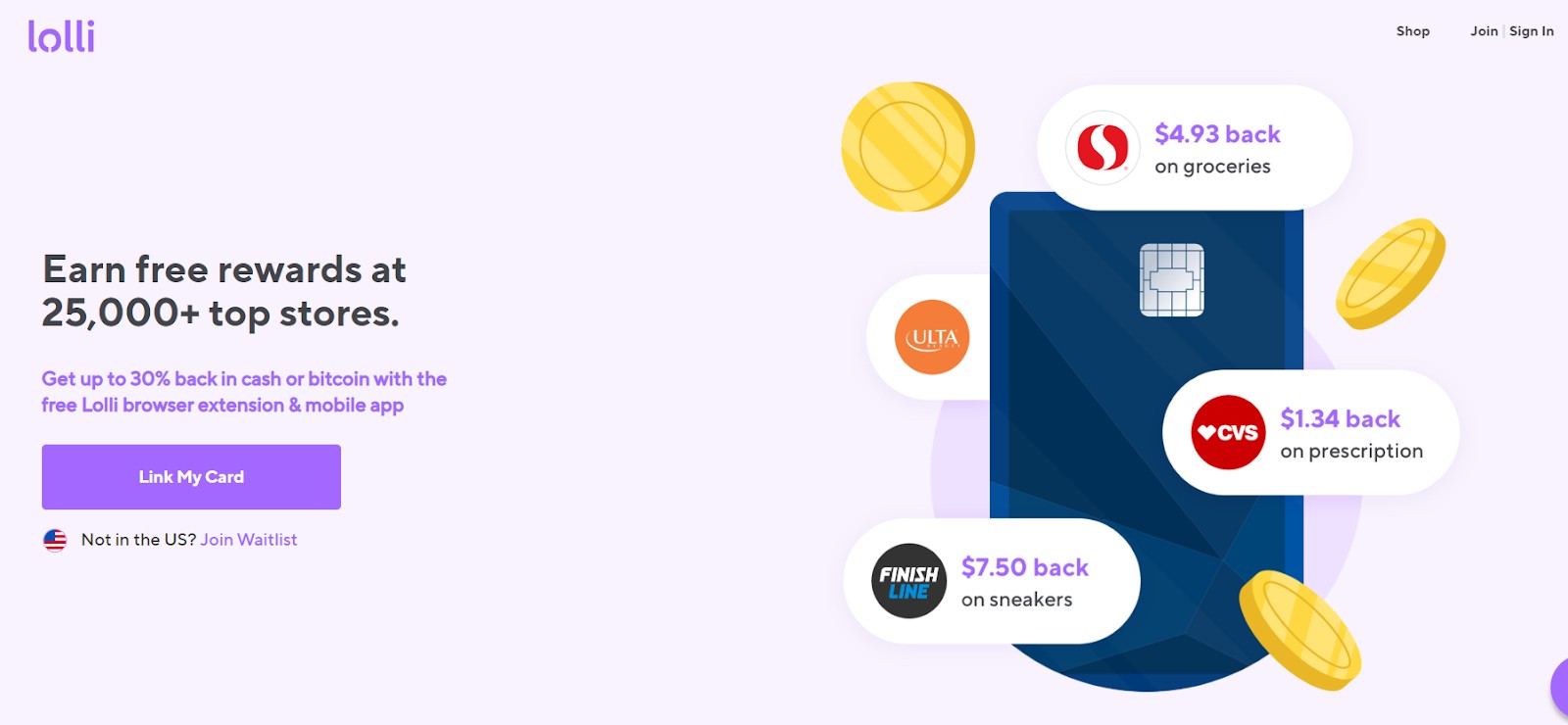
2. **Rewards Programs (Cash Back Potential)**For many dedicated warehouse club shoppers, the ability to earn cash back on purchases is a compelling incentive, and both Costco and Sam’s Club feature robust rewards programs through their premium membership tiers. Both offer a 2% cash-back reward on qualifying purchases. However, the maximum earning potential and the method of reward distribution differ significantly, influencing which program might be more beneficial depending on your spending habits.
With a Costco Executive membership, members can earn up to an impressive $1,250 a year on qualifying Costco and Costco Travel purchases. This reward is sent to primary members once a year in the mail, accompanying their Executive renewal notice. This substantial cap means that high-volume shoppers, particularly those who make significant purchases or utilize Costco Travel services, stand to gain considerably more in cash back, potentially offsetting or even exceeding their annual membership fee. To reach this maximum, a member would need to spend $50,000 per year at Costco, indicating its design for extremely loyal and high-spending customers.
Conversely, a Sam’s Club Plus membership allows members to earn up to $500 per year in Sam’s Cash on eligible purchases. The key difference here is not just the lower cap, but also the frequency and method of reward distribution; Sam’s Club adds earned cash rewards onto its members’ cards each month, providing a more immediate and continuous benefit. While the $500 cap is lower, Sam’s Club offers an additional avenue for earning through its Bonus Offers Program. This program, free for all members, allows customers to earn unlimited Sam’s Cash for purchases with third-party partners simply by linking a Visa, Mastercard, or American Express card. The amount earned, however, hinges on how frequently members shop with these participating partner merchants, introducing a variable element to the overall rewards potential.
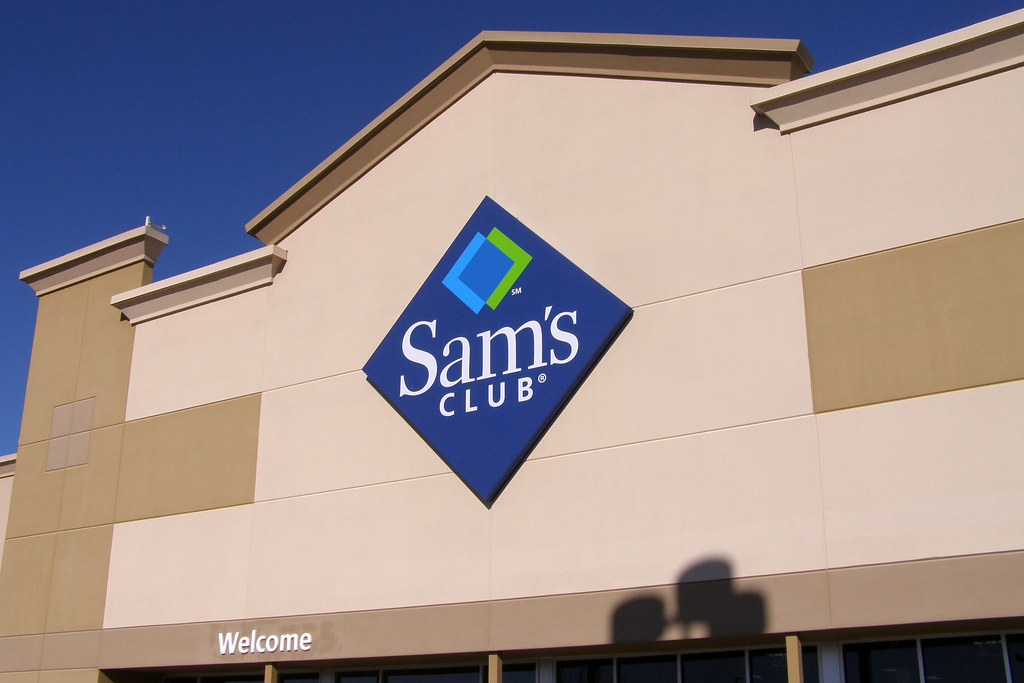
3. **Everyday Prices & Private Labels**When it comes to the crucial factor of everyday pricing, consumers often wonder which warehouse club offers the most competitive deals. While both Sam’s Club and Costco are celebrated for their bulk discounts, a closer look at independent comparisons suggests that Sam’s Club frequently holds a slight edge in overall affordability, particularly for basic essentials. This assertion is supported by analyses conducted in 2024 by The Kansas City Star and in 2023 by AARP, which pitted the private-label brands and general grocery items of both against each other.
The Kansas City Star comparison specifically highlighted price differences between Costco’s Kirkland products and Sam’s Club’s Member’s Mark products. For instance, Member’s Mark paper towels (15 rolls) were priced at $19.98 compared to Kirkland’s (12 rolls) at $22.99. Similarly, Member’s Mark laundry detergent (196 fl oz) was $15.98 versus Kirkland’s (194 fl oz) at $19.99. Other examples included Member’s Mark canned chicken breast (6 count) at $11.98 compared to Kirkland’s at $14.99, and Member’s Mark minced garlic (48 oz) at $5.43 versus Kirkland’s at $8.49. Even olive oil, a staple, showed a difference with Member’s Mark (2L) at $21.78 against Kirkland’s at $25.99. These comparisons consistently show Sam’s Club’s private label offering more volume or a lower price point for similar items.
The AARP study further corroborated this trend, finding that the total cost to buy the same list of 30 grocery items came to $68.94 at Sam’s Club, whereas it was $81.60 at Costco. This data indicates that while Costco offers undeniable value, Sam’s Club often translates to greater savings on a comparable basket of goods. It’s also worth noting that Sam’s Club tends to stock a broader selection of well-known name brands, while Costco has strategically focused on its private-label Kirkland Signature brand and organic goods, which, while renowned for quality, sometimes come with a slightly higher price tag. The perception is that while Costco’s slightly higher prices may correlate to perceived better quality, Sam’s Club delivers more immediate savings on day-to-day items.
Read more about: Unlock Your Inner Bartender: The Ultimate Thrillist Guide to Costco’s Best & Worst Booze Buys
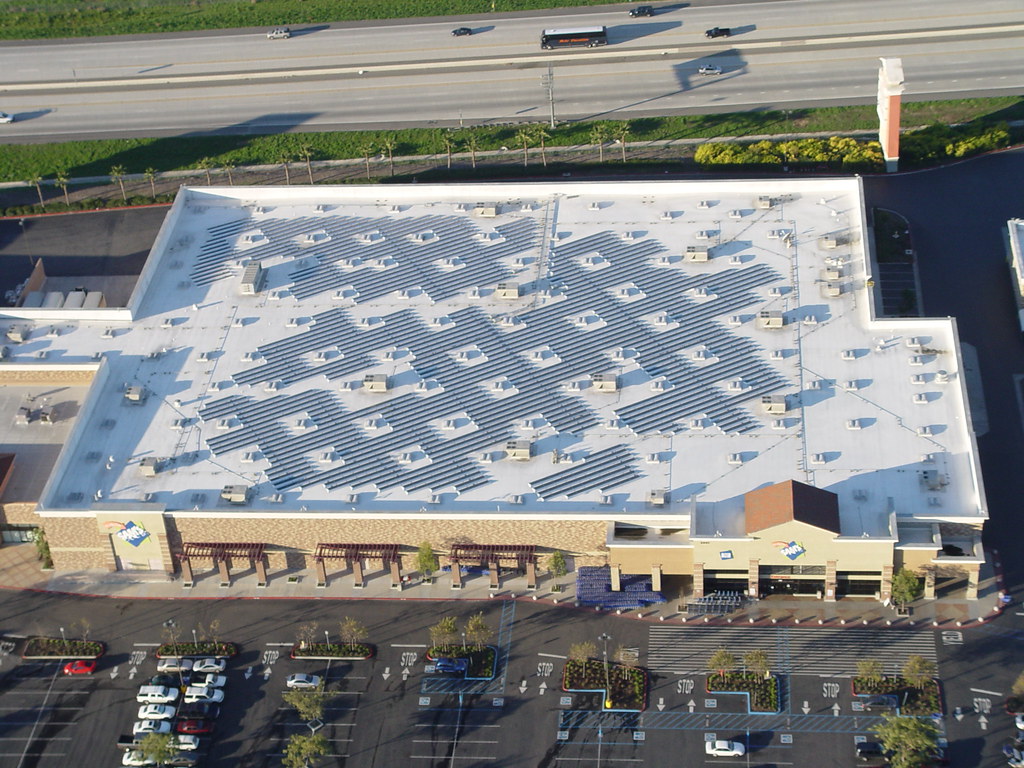
4. **Store Locations and Size**Accessibility and the physical presence of warehouses play a significant role in a member’s decision, influencing convenience and overall shopping experience. As of recent data (November 2024 for Costco, October 2024 for Sam’s Club, and November 2023 for broader figures), Costco maintains a larger global and domestic footprint, both in terms of store count and average size.
Costco operates 890 stores around the world, with 617 of those located within the U.S. As of November 2023, Costco had 871 locations globally, with 600 in the U.S. and Puerto Rico. These warehouses are substantial, averaging about 147,000 square feet each, accumulating to a remarkable total of 90.7 million square feet of shopping space across its U.S. operations. Costco’s widespread presence means only three U.S. states currently lack a store: Rhode Island, West Virginia, and Wyoming. Internationally, Costco has a strong presence in countries such as Canada, the U.K., Taiwan, Korea, Japan, Australia, Mexico, Spain, Iceland, France, China, New Zealand, and Sweden.
Sam’s Club, founded by Sam Walton in 1983, has a slightly more concentrated presence, with nearly 600 warehouses across the country (599 U.S. locations reported). These locations total 80.3 million square feet of retail space, as of October 2024, with the average Sam’s Club being around 134,000 square feet. This means most of Costco’s warehouses are notably larger than their Sam’s Club counterparts. Furthermore, Sam’s Club is absent from six states: Alaska, Massachusetts, Oregon, Rhode Island, Vermont, and Washington. Despite a smaller U.S. footprint, Sam’s Club also maintains an international presence, with locations in Brazil, China, and Mexico, indicating global aspirations. The difference in store count and size also contributes to Costco’s perceived greater brand variety, especially with its private-label Kirkland brand, contrasting with Sam’s Club’s consolidation efforts under its Member’s Mark label.
Read more about: Beyond the Buzz: Why 2025 Performance Hybrids Are Redefining the Automotive Landscape for Discerning Drivers

5. **Free Delivery & Curbside Pickup**In an era where convenience is paramount, the availability and cost of online shopping perks like free delivery and curbside pickup can significantly influence a membership’s value. Both Costco and Sam’s Club have adapted to consumer demand for remote shopping, but their offerings exhibit distinct advantages and limitations.
Sam’s Club Plus members enjoy a notable perk: free shipping on most online orders with a minimum spend of just $50. This benefit extends to primary and household cardholders, making online bulk purchases more accessible without incurring additional shipping costs. While standard Club members, add-on members, and guest members can also qualify for free shipping on eligible, specifically marked items, the $50 minimum for Plus members is a key differentiator. However, it’s important to note that Sam’s Club’s standard ground shipping can take a considerable amount of time, potentially up to 12 business days, including processing and transport, depending on the package size.
Costco, by contrast, requires a higher minimum spend for free shipping on non-perishable and household products, set at $75. While this threshold is higher, Costco offers an enticing benefit of two-day delivery, a faster alternative to Sam’s Club’s standard ground shipping. When it comes to curbside pickup, Sam’s Club again offers a more direct and member-friendly approach. It’s free for Plus members and available for Club members with orders of at least $50. This is a direct membership perk that Costco does not offer natively. The only way to get curbside pickup at Costco is through third-party services like Instacart, which often means paying higher item prices than in-store, in addition to a pickup fee, and availability can vary by specific store locations, diminishing the convenience for core members.
Read more about: Are You That SUV Owner? Unmasking 14 Parking Lot Sins That Annoy Pedestrians and Other Drivers Alike!

6. **Payment Methods Accepted**The flexibility of payment methods can be a surprisingly crucial factor for shoppers, particularly for those looking to maximize credit card rewards or simply prefer using a specific card. Here, Sam’s Club offers a clear advantage in terms of broader acceptance, providing members with more choices at checkout.
Costco has a well-known, stricter policy regarding in-store payment methods. In its warehouses, Costco exclusively accepts Visa debit and credit cards. While online, it expands its acceptance to include Visa and Mastercard, this in-store limitation can be restrictive for many shoppers who primarily use other major credit card networks like American Express or Discover. This policy is particularly relevant for those who carry store-branded credit cards or travel rewards cards from networks other than Visa, as they would be unable to use them for their bulk purchases directly within a Costco warehouse.
Sam’s Club, on the other hand, embraces a much wider array of payment options, catering to a diverse range of consumer preferences. In-store and online, Sam’s Club accepts Visa, Mastercard, American Express, and Discover. This extensive acceptance provides greater convenience and flexibility, allowing members to use their preferred credit card to rack up points, miles, or cash back without restriction. Furthermore, Sam’s Club adds another layer of convenience by accepting Walmart gift cards for purchases, a perk not offered by its competitor. Both warehouse clubs do, however, universally accept debit cards, cash, and checks, ensuring basic payment methods are always available, but for credit card users, Sam’s Club clearly provides more freedom.
Read more about: Navigating the Nuances of Money: Lessons from History and Economics for Retirees

7. **Food Court/Cafe Access for Non-Members**Both Costco and Sam’s Club offer on-site food services, providing convenient and often incredibly low-priced meal options for shoppers. However, their policies regarding who can access these eateries, and the overall experience, present a notable difference that could sway consumer preference.
Costco’s Food Court is legendary, renowned for its iconic $1.50 hot dog and soda combo, alongside other popular items such as pizza, chicken & bacon sandwiches, ice cream cups & sundaes, and chocolate chip cookies. Historically, it was accessible to non-members, but Costco began requiring food court guests to show their membership cards in 2020, and stricter enforcement has been in place since early 2024. This means that to enjoy Costco’s budget-friendly meals, you generally need to be a member and navigate a traditional checkout process.
Sam’s Club, however, offers a distinct advantage by extending access to its cafes to the general public, even without a membership. This means anyone can stop by a Sam’s Club cafe for a quick snack or a ready-to-eat meal, making it a convenient spot for grabbing lunch or dinner items like whole pizza pies, soft pretzels, cheeseburgers, chicken bites, ice cream sundaes, and soda. Sam’s Club has also recently innovated with a new Grab & Go food section, offering freshly made deli and bakery items in single servings, further enhancing convenience. These food items can be purchased at self-checkout kiosks or through the Sam’s Club Scan & Go app, streamlining the buying process. Additionally, it’s worth noting that both clubs allow non-members to purchase prescription medications, get eye exams, and buy alcoholic beverages (in the 14 states where laws prohibit requiring a membership for alcohol purchase at Costco, and universally at Sam’s Club stores), offering specific services beyond the general membership requirement.
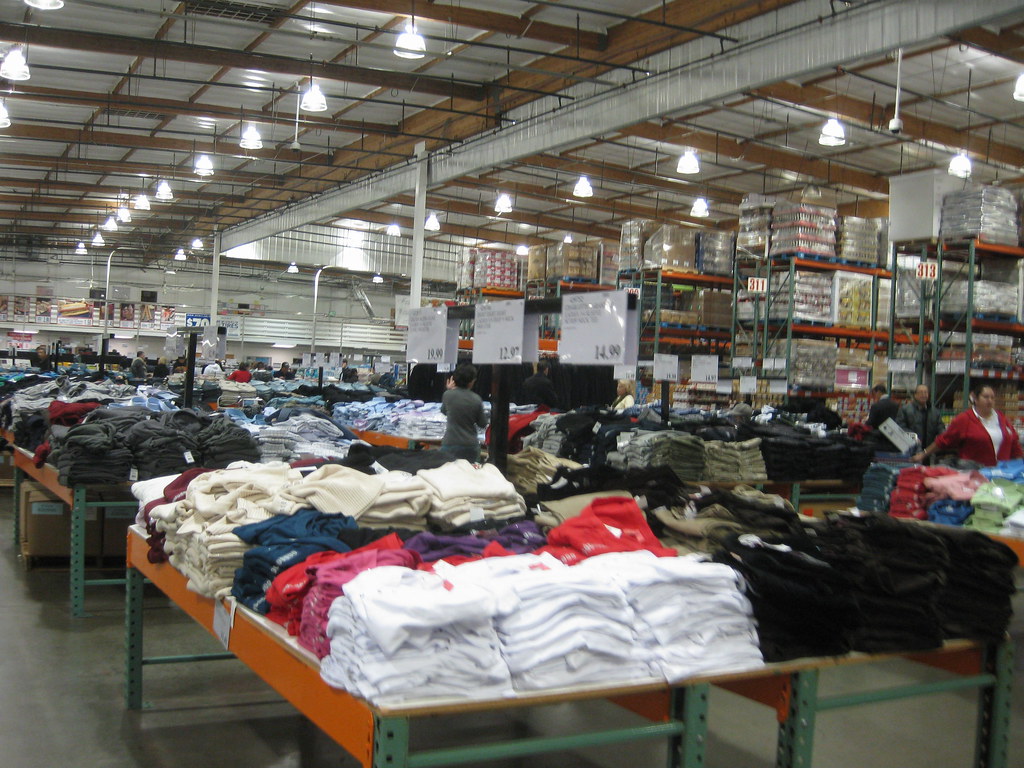
8. **Product Quality: Private Labels Under Scrutiny**While the previous section delved into the pricing strategies of both Costco and Sam’s Club, the conversation around value extends beyond mere cost to the inherent quality of the products offered, particularly their respective private-label brands. Costco’s Kirkland Signature and Sam’s Club’s Member’s Mark are central to their value propositions, yet independent assessments reveal distinct differences in their acclaimed quality. Many consumers weigh these perceptions heavily, understanding that a slightly higher price for a superior product can represent better overall value in the long run.
Costco’s Kirkland Signature brand consistently garners significant praise for its quality, often being equated with or even surpassing national brands. This reputation is not merely anecdotal; it is supported by rigorous evaluations. For instance, a chemical and sensory study by the University of California, Davis, notably identified Kirkland olive oil as one of only a few imported oils that successfully met both international and U.S. standards for extra virgin olive oil. Such findings underscore Costco’s commitment to strict quality control, even for its house-brand staples.
Further reinforcing Costco’s standing, its Kirkland Signature Tequila Añejo received an “exceptional” score from the Beverage Tasting Institute’s Tastings.com, indicating high regard within specialized industries. Consumer Reports, a trusted authority in product evaluation, has also recognized several Kirkland products as “best buys.” Among these are Kirkland’s Colombian Supremo whole bean coffee, Greek yogurt, and super premium vanilla ice cream, signaling that these items offer a compelling combination of quality and value. This consistent recognition suggests that for many products, Costco’s slightly higher prices may indeed translate into a tangible difference in quality.
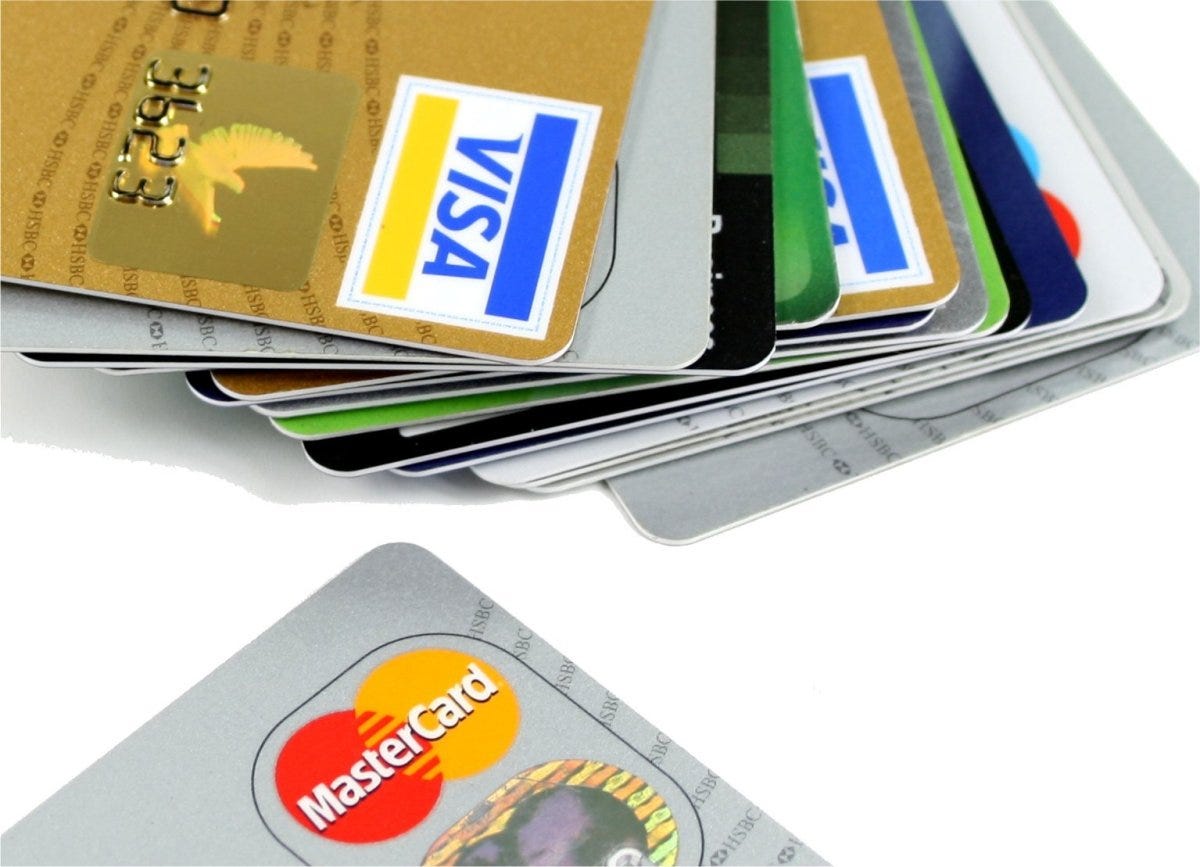
9. **Credit Card Benefits: Maximizing Your Rewards**For members who frequently shop at warehouse clubs, leveraging co-branded credit cards can significantly enhance savings and reward accumulation, turning everyday purchases into valuable cash back or travel points. Both Costco and Sam’s Club offer robust credit card programs designed to incentivize loyalty and provide substantial benefits, making the choice between them a matter of aligning with individual spending patterns and preferences. The perks associated with these cards often extend beyond in-store purchases, covering categories like gas, dining, and travel.
The Costco Anywhere Visa Card by Citi stands out with its attractive reward structure, particularly for fuel and travel expenses. Cardholders earn an impressive 4% cash back on eligible gas and EV charging purchases, applicable up to $7,000 spent annually, after which the rate adjusts to 1%. Furthermore, the card offers 3% cash back on restaurant and eligible travel spending, providing a significant return for those who dine out or travel frequently. All Costco purchases yield 2% cash back, while all other expenditures accrue 1% back, and notably, this card carries no annual fee beyond the Costco membership itself, enhancing its value proposition.
Similarly, the Sam’s Club Mastercard offers competitive rewards, especially for fuel and dining. It provides 5% cash back on gas and EV charging, up to $6,000 spent per year, before reverting to 1%. Dining expenses also earn a solid 3% cash back. For purchases made at Sam’s Club, members with a basic Club membership earn 1% cash back, while Plus members can benefit from up to 5% back (3% from the card plus 2% from the premium membership tier). This card also boasts no annual fee, making it an appealing option for Sam’s Club loyalists. The immediate redemption of Sam’s Cash each month, contrasted with Costco’s annual reward certificate, provides a more continuous benefit flow for Sam’s Club cardholders.
Read more about: Maximize Your Future: The Salary & Strategies to Claim Social Security’s Top $6,450 Monthly Benefit

10. **Fuel Services: Beyond Just a Lower Price**Warehouse clubs have become popular destinations for refueling, consistently offering some of the lowest gas prices in any given area, which alone presents a compelling reason for many to maintain a membership. However, the value of fuel services extends beyond mere cost, encompassing factors like fuel quality and the overall convenience of the station experience. Both Costco and Sam’s Club provide gas stations, but their offerings include a notable distinction concerning fuel grade.
Costco differentiates its fuel service by exclusively providing Top Tier gas. This designation signifies that the fuel meets a higher standard of detergency, specifically designed to clean engine parts and improve overall engine performance. The use of Top Tier gas is often recommended by vehicle manufacturers for its benefits in maintaining fuel system cleanliness and optimizing engine longevity, which can translate to long-term savings on vehicle maintenance. For many consumers, the assurance of higher-quality fuel, even at a comparable price point to other discount stations, adds significant value to their Costco membership.
Sam’s Club, while also offering competitive gas prices that are often lower than typical retail stations, does not universally provide Top Tier certified fuel. This means that while members can still achieve immediate savings at the pump, they may not be receiving the same advanced detergent additives found in Top Tier fuels. For members whose primary concern is the lowest possible price per gallon, Sam’s Club remains an attractive option. However, for those who prioritize fuel quality and its potential benefits for engine health, Costco’s consistent offering of Top Tier gas presents a distinct advantage in this specific service category.
Read more about: Avoid Costly Pitfalls: The Worst Mistakes to Steer Clear Of When Investing in an Excavator

11. **Automotive Care Centers: Tire Services & Beyond**Beyond groceries and household goods, warehouse clubs often serve as convenient one-stop shops for a variety of automotive needs, most notably through their dedicated tire centers. These facilities offer competitive pricing on tires, coupled with installation and maintenance services, providing a tangible benefit to members. Both Costco and Sam’s Club include tire centers as part of their comprehensive member services, offering a practical solution for vehicle upkeep.
Costco’s Tire Center has historically enjoyed a strong reputation for service and quality. In previous assessments, it even topped the charts at Consumer Reports with an impressive score of 91. While more recent evaluations have shown a slight decline to a score of 77, the specific feedback points to areas such as selection, sales service, waiting area, and other services like tire balance and rotation. This indicates that while still a viable option, there may be some variability in the customer experience or range of offerings compared to its past peak performance. Nevertheless, the center remains a key perk for Costco members seeking reliable tire services.
Sam’s Club also operates a comprehensive Tire & Battery Center, providing members with a similar array of services. These include sales of various tire brands, installation, rotation, balancing, and flat tire repair, all aimed at ensuring vehicle safety and performance. While specific comparative ratings from sources like Consumer Reports for Sam’s Club’s tire center are not detailed in the available context, the provision of these services aligns with its mission to offer broad utility to its members. Both clubs emphasize convenience and savings, positioning their automotive centers as valuable extensions of their core retail offerings.
Read more about: 15 Essential Questions to Unmask Shady Used Car Dealers and Save Thousands in Minutes

12. **Supplementary Member Services: A Holistic Approach to Savings**The value proposition of a warehouse club membership extends far beyond the immediate savings on bulk groceries; both Costco and Sam’s Club endeavor to provide a wide array of supplementary services designed to deliver additional financial benefits and conveniences to their members. These services encompass everything from health and wellness to home and business solutions, aiming to create a comprehensive ecosystem of value that justifies the annual membership fee.
Costco, in particular, offers an extensive suite of additional services, positioning itself as a hub for diverse member needs. Beyond the widely utilized pharmacy, optical, and hearing centers, Costco provides members with access to special pricing on various insurance products, including life, pet, and auto and home insurance. Reports indicate substantial savings for members who utilize these offerings, with an average of $595.86 in auto insurance savings reported in the first year alone for those who switched. Furthermore, Costco extends its services to include business health insurance, home improvement and maintenance services, car-buying services, identity protection, tech support for electronics, and impressive travel packages, making it a robust platform for savings across multiple facets of life.
Sam’s Club also offers a comparable range of supplementary services, ensuring its members receive extensive value beyond retail purchases. Its offerings include pharmacy, optical, and hearing centers, similar to Costco, alongside insurance, home, auto, or business services. Members can also benefit from tire center services, a photo department for printing and personalization, and sampling events within the club, which enhance the shopping experience. While the specific savings figures for Sam’s Club’s insurance offerings are not detailed, the breadth of its services mirrors Costco’s ambition to provide a holistic suite of benefits, catering to a wide spectrum of member requirements. Both clubs also offer savings on travel and vacation bookings.
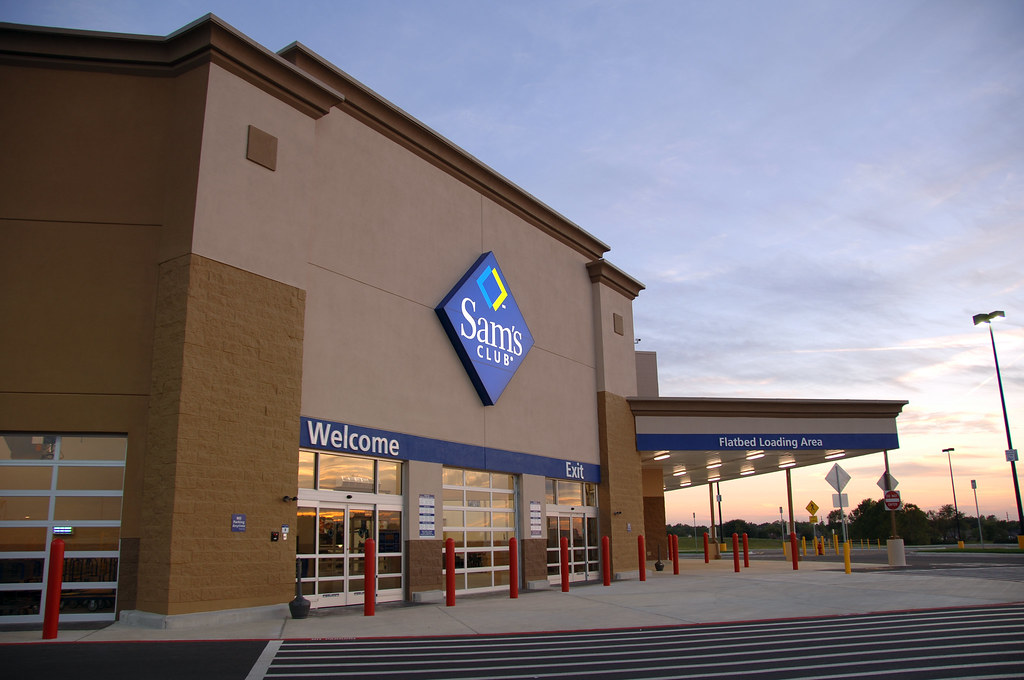
13. **Return Policies: A Commitment to Member Satisfaction**A generous and straightforward return policy is a cornerstone of customer satisfaction for any retailer, and warehouse clubs are no exception. Both Costco and Sam’s Club understand the importance of a risk-free shopping experience, which is why they both uphold a “100% satisfaction guarantee” for their members. However, the nuances and practical application of these policies reveal subtle differences that could influence a member’s preference, particularly regarding the need for receipts or original packaging.
Costco’s return policy is widely regarded as one of the most accommodating in retail, offering members the ability to return almost any item at any time, often without requiring a receipt or the original packaging. This level of flexibility instills significant confidence in purchases, as members know they can rectify issues with minimal hassle. There are, of course, a few judicious exceptions to this broad policy; personal computers, other electronic devices, and major appliances typically have a 90-day return window. Additionally, in compliance with legal restrictions, returns on cigarettes and alcohol are generally not accepted where prohibited by law.
Sam’s Club maintains a similarly robust return policy, also operating under a 100% satisfaction guarantee with comparable exceptions for electronics and alcohol/tobacco where applicable. However, Sam’s Club’s official guidance indicates a preference for the original receipt or printed order to process returns smoothly. While they state they will “do our best to process your return without it” if unavailable, the recommendation for the receipt and original packaging is stronger. In some specific instances, securing a full refund may explicitly require returning the product with its complete original packaging, suggesting a slightly less flexible approach compared to Costco’s famously lenient terms.
Read more about: Unmasking the Trust Deficit: Why Car Dealerships Are Struggling to Connect with Today’s Buyers and How They Can Rebuild Confidence
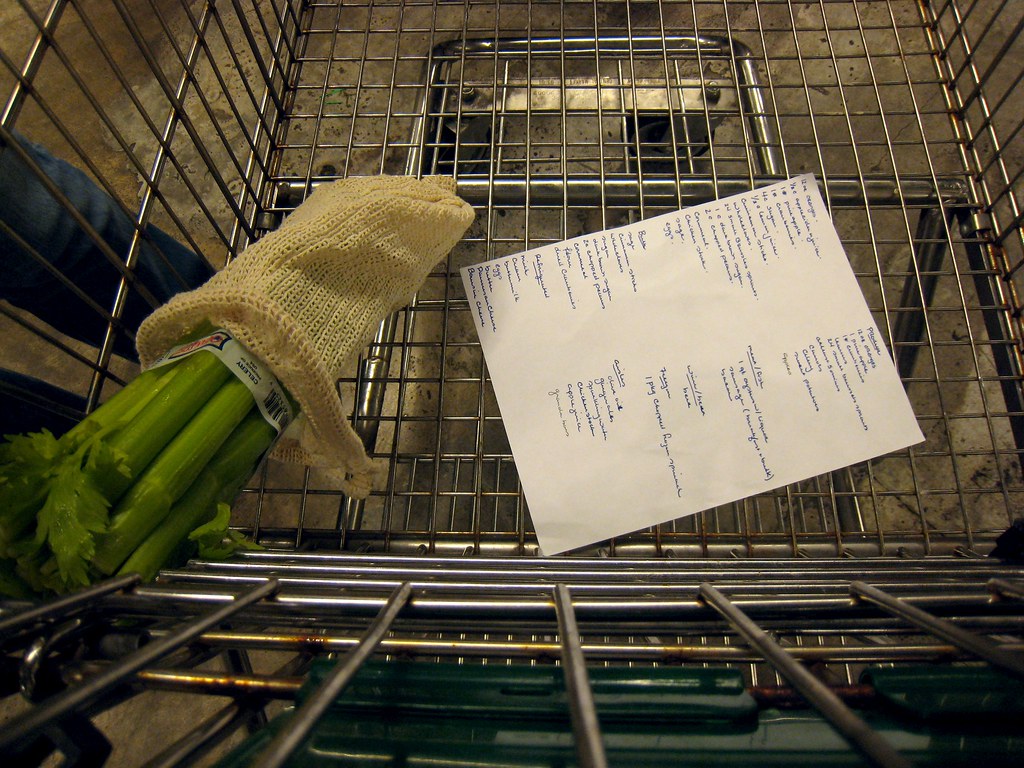
14. **Advancements in Shopping Technology: Enhancing the Member Experience**In an increasingly digital retail landscape, the integration of technology to streamline the shopping experience has become a critical differentiator for warehouse clubs. Both Costco and Sam’s Club recognize the importance of innovation in enhancing convenience and efficiency, but their approaches to technological advancements, particularly at the checkout, present contrasting member experiences. The push for faster, more seamless interactions is a key battlefield in the ongoing competition.
Sam’s Club has made significant strides in leveraging technology to minimize friction points for its members, most notably with its “Scan & Go” feature integrated into its mobile app. This allows members to scan items as they add them to their cart, pay directly through the app, and bypass traditional checkout lines entirely. This innovation addresses a common pain point in bulk shopping—long queues—and has been praised by members, with some Costco shoppers expressing envy over this streamlined process. Furthermore, Sam’s Club has introduced AI-powered exit archways to expedite the verification process and recently launched a “Grab & Go” food section, demonstrating a clear focus on speed and convenience.
Costco, while renowned for its value and product quality, has faced criticism regarding its checkout experience, with some members describing the process as “chaotic” due to longer wait times. While Costco offers online shopping and delivery services (often through third parties like Instacart for curbside pickup), it has not yet implemented a widespread, integrated in-app scanning and self-checkout system comparable to Sam’s Club’s Scan & Go. This difference in technological adoption for in-store efficiency remains a notable distinction, impacting the overall perceived convenience and modern appeal of the shopping journey at each warehouse club. The traditional checkout process at Costco’s food court is also a point of contrast with Sam’s Club’s self-checkout and Scan & Go options for its café.
Read more about: China’s Ascendant Space Ambitions: A Comprehensive Look at Beijing’s Plan to Redefine Cosmic Leadership
In the ever-evolving arena of warehouse club retail, the ultimate choice between Costco and Sam’s Club remains a deeply personal one, shaped by individual priorities and geographic accessibility. Whether you prioritize a robust private-label brand and extensive insurance options, or seamless in-store technology and broader payment flexibility, both giants continually adapt to offer compelling value. This detailed comparison underscores that while their core mission to provide bulk savings is shared, the nuances in their specialized offerings—from the quality of their Kirkland olive oil to the speed of Sam’s Club’s Scan & Go—truly define their unique identities. Ultimately, the ultimate warehouse club showdown for 2025 is less about declaring an absolute winner and more about empowering you, the discerning shopper, to identify the champion that best aligns with your specific needs and lifestyle.



